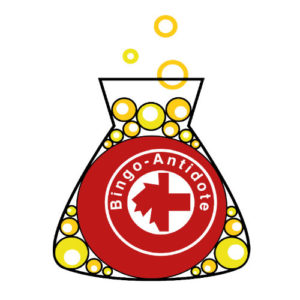We have published a paper in the journal Chemical Geology describing a novel approach to data reduction and image generation for multi-element mapping employing LA-ICP- quadrupole MS (LA-ICP-QMS), implemented in the free and open-source software XMapTools. We show in this paper that LA-ICP-MS data can be used to accurately image the distribution of major, minor and trace elements in rock when a multi-phase and multi-standard approach is used.

The detailed comparison between EPMA and LA-ICP-MS data shows that for well calibrated instruments compositional mapping by LA-ICP-MS is robust not only for trace elements but also for major and minor elements. Structural formula and end-member fraction maps can be calculated from LA-ICP-MS data with a quality similar to EPMA mapping. In addition, thermobarometry is more precise than EPMA even when based on major elements (e.g., XMg) and minor elements (Ti-in-biotite). However, achieving such a high level of accuracy requires calibration over a variable composition for the internal standard element in cases where the phases of interest are chemically variable. In addition, the use of multiple external standards offers the possibility of improving the accuracy of the trace element mass fraction, especially for specific element contents that may not be precisely known in a given external standard material. Moreover, our procedures provide the calculation of LODs for each pixel individually with 95% confidence, thus preventing the interpretation of non-significant data on maps. These novel features are incorporated into the calibration procedure and implemented in XMapTools.

This novel approach to data reduction and image generation is integrated in the mapping software XMapTools 4.3.

Find out more
Markmann, T.A., Lanari, P., Piccoli, F., Pettke, T., Tamblyn, R., Tedeschi, M., Lueder, M., Kunz, B., Riel, N., and Laughton, J. (2024). Multi-phase quantitative compositional mapping by LA-ICP-MS: analytical approach and data reduction protocol implemented in XMapTools. Chemical Geology, 646, 121895. Download pdf | Visit the journal webpage
